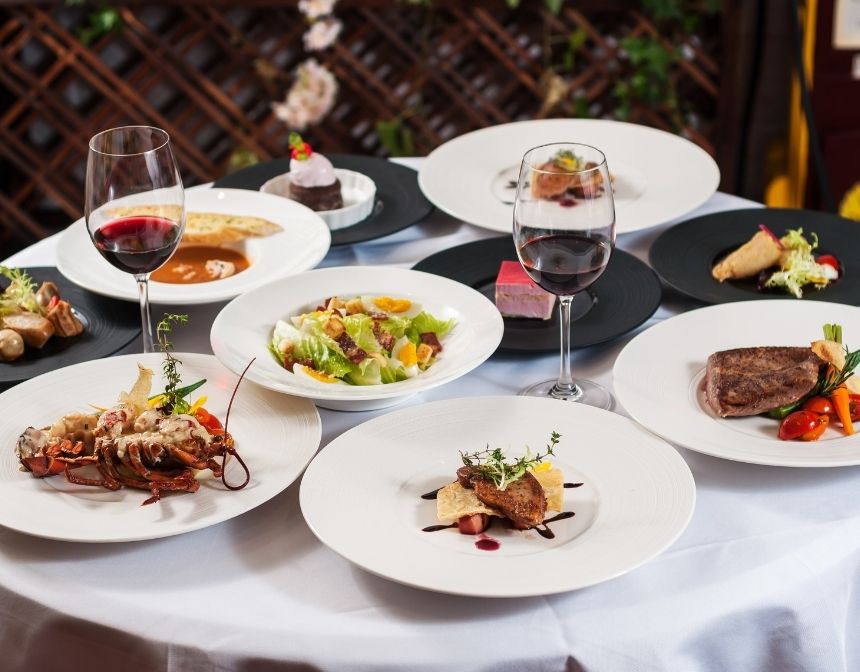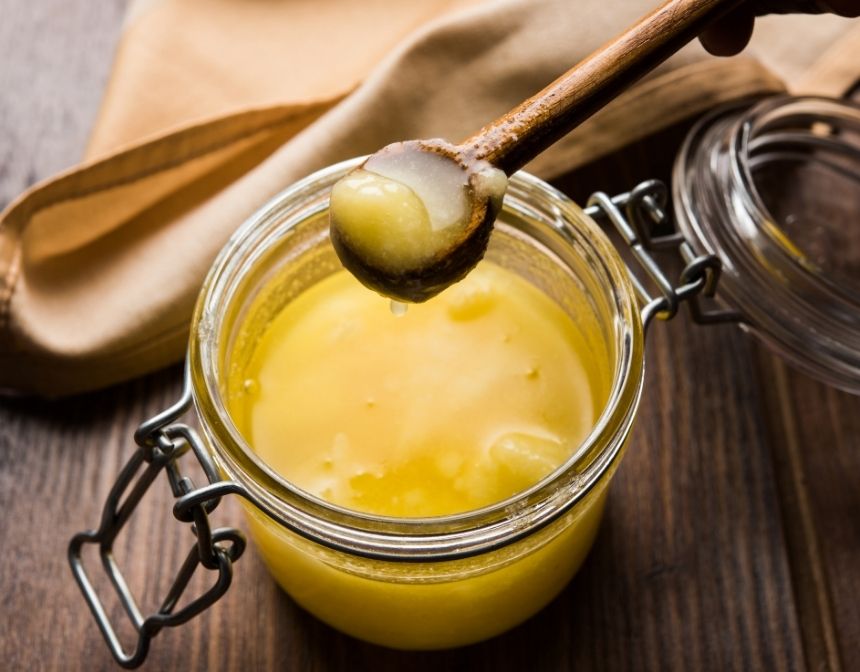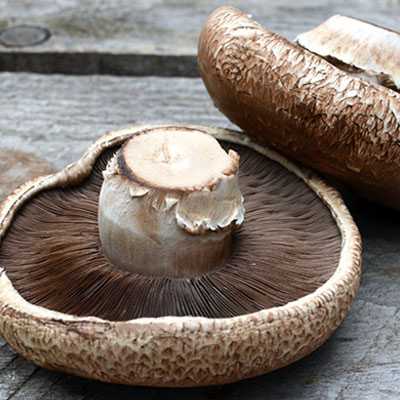Origins of Chestnut Soup
While pumpkin spice might dominate the autumnal menu, there's an ancient treasure waiting to be discovered – the humble chestnut. This roasted chestnut soup recipe transports you beyond ordinary broths, drawing on a rich culinary history stretching back centuries. The first whispers of creamy chestnut soup can be traced to medieval France, where roasted chestnuts, a prized winter delicacy, were often simmered into warming stews and potages. Over time, this simple yet elegant dish spread across Europe, eventually finding its way across the Atlantic to American tables.
This recipe embraces French tradition, but with a modern twist. Instead of spending hours in a simmering pot, we harness the power of roasting to unleash the earthy sweetness and caramelized depths of chestnuts. Roasting not only intensifies their flavor but also makes them delightfully tender, providing a velvety smooth texture for the soup. Then the chestnuts are boiled with sage. Finally, a dollop of whipped cream (optional, of course) adds richness and creamy texture.
So, ditch the predictable and embrace the extraordinary. This roasted chestnut soup recipe isn't just a delicious autumnal treat; it's a journey through culinary history, a celebration of heritage, and a testament to the enduring power of comfort food. Let the earthy aroma of roasted chestnuts fill your kitchen, let the velvety smoothness caress your palate, and let the whispers of the French countryside warm your soul with every spoonful. Because this isn't just a chestnut soup; it's a story waiting to be savored. So gather your loved ones, raise a toast (perhaps with a glass of crisp cider), and embark on a culinary adventure through time with each bowl of this heavenly roasted chestnut soup.
How To Choose Chestnut?
For the richest, most vibrant flavor, seek plump, glossy chestnuts with firm shells and no cracks or blemishes. They should feel heavy in your hand and offer little give – a sign of moisture-packed goodness. If fresh chestnuts are elusive, despair not! Dried chestnuts, while lacking the fresh intensity, still offer a delectable option. Choose vacuum-packed bags or tightly sealed containers to preserve their quality.
- When it comes to chestnuts, bigger isn't always better. Smaller chestnuts, ideally around the size of a walnut, tend to have sweeter, meatier flesh and are easier to peel. Avoid overly large ones, as they can be dry and less flavorful.
- Peeling chestnuts can be a battle, but a few tricks can make it a breeze. Score an X on the flat side of each nut before roasting or blanching them. The heat will expand the shell, making peeling a cinch. Alternatively, freeze the chestnuts overnight – the ice crystals will work their magic on the shells, allowing you to peel them off like paper after thawing.
- Fresh chestnuts are best enjoyed within a week, stored in a cool, well-ventilated place. Dried chestnuts can last for months if kept in an airtight container in a pantry. Once peeled, cooked, or vacuum-packed, refrigeration extends their shelf life for 3-5 days.
- Roast them whole for a satisfying snack, grind them into flour for gluten-free baking, or add them to stews, risottos, and stuffing for a nutty, earthy punch. They even shine in desserts, blending beautifully into cakes, ice creams, and puddings.
So choose wisely, prepare skillfully, and savor every nutty note this autumnal treasure has to offer. The culinary possibilities are endless, and your taste buds will thank you for every delectable bite. Remember, a perfectly chosen chestnut is just the beginning of a flavor adventure waiting to unfold!
What To Serve with Chestnut Soup?
Chestnut soup pairs well with a variety of accompaniments that complement its rich and nutty flavor.
Here are our delicious recipes that you can serve with Chestnut Soup:
How To Store Chestnut Soup?
Storing your delicious chestnut soup is a breeze, ensuring you can savor its creamy goodness for days to come! Here's how to keep the chestnut soup:
- Before diving into storage, let the soup cool completely to room temperature. This prevents rapid temperature changes that can foster bacterial growth.
- Choose airtight containers made from non-reactive materials like glass, ceramic, or high-quality stainless steel. These prevent unwanted flavors from leaching into your soup and inhibit oxidation that dulls its vibrancy.
- Divide your soup into smaller portions (single or family-sized) for easier reheating and to avoid unnecessary temperature fluctuations.
- Once cool, transfer your soup containers to the fridge. Stored properly, it will stay fresh and delicious for up to 3 days. Mark the containers with the date to keep track of freshness.
- For longer-term storage, embrace the icy expanse of the freezer! Transfer your cooled soup to freezer-safe containers or airtight bags, squeezing out excess air to prevent freezer burn. Label them with the date and freeze for up to 3 months.
Reheating:
When the craving strikes, thaw your frozen soup overnight in the refrigerator for the safest and most even reheat. You can also thaw it by submerging the sealed container in cold water, changing the water regularly.
To reheat, gently warm your soup on the stovetop over medium heat, stirring occasionally to prevent scorching. Alternatively, use a microwave on low power, taking breaks to stir and ensuring it doesn't overcook.
Bonus Tips:
- Add a dollop of cream or a drizzle of olive oil to the surface of your stored soup before sealing it. This creates a protective layer that further hinders oxidation and preserves freshness.
- If you notice any unpleasant odor or discoloration after storage, discard the soup for safety reasons.
With these simple storage tips, you can confidently whip up a big batch of chestnut soup and enjoy its cozy warmth throughout the week, or even preserve the autumnal flavors for future wintery cravings. So go forth, roast, blend, and store, knowing your delectable chestnut soup awaits, ready to warm your heart and tantalize your taste buds!












































